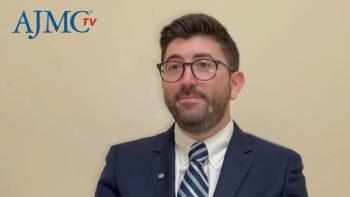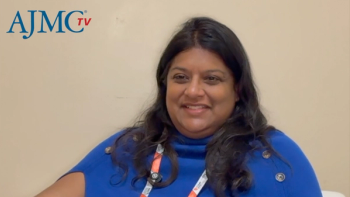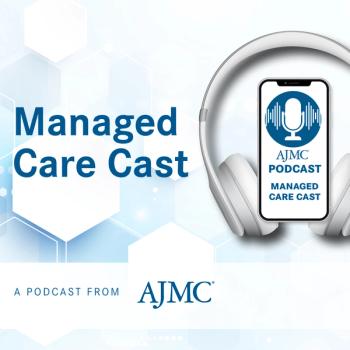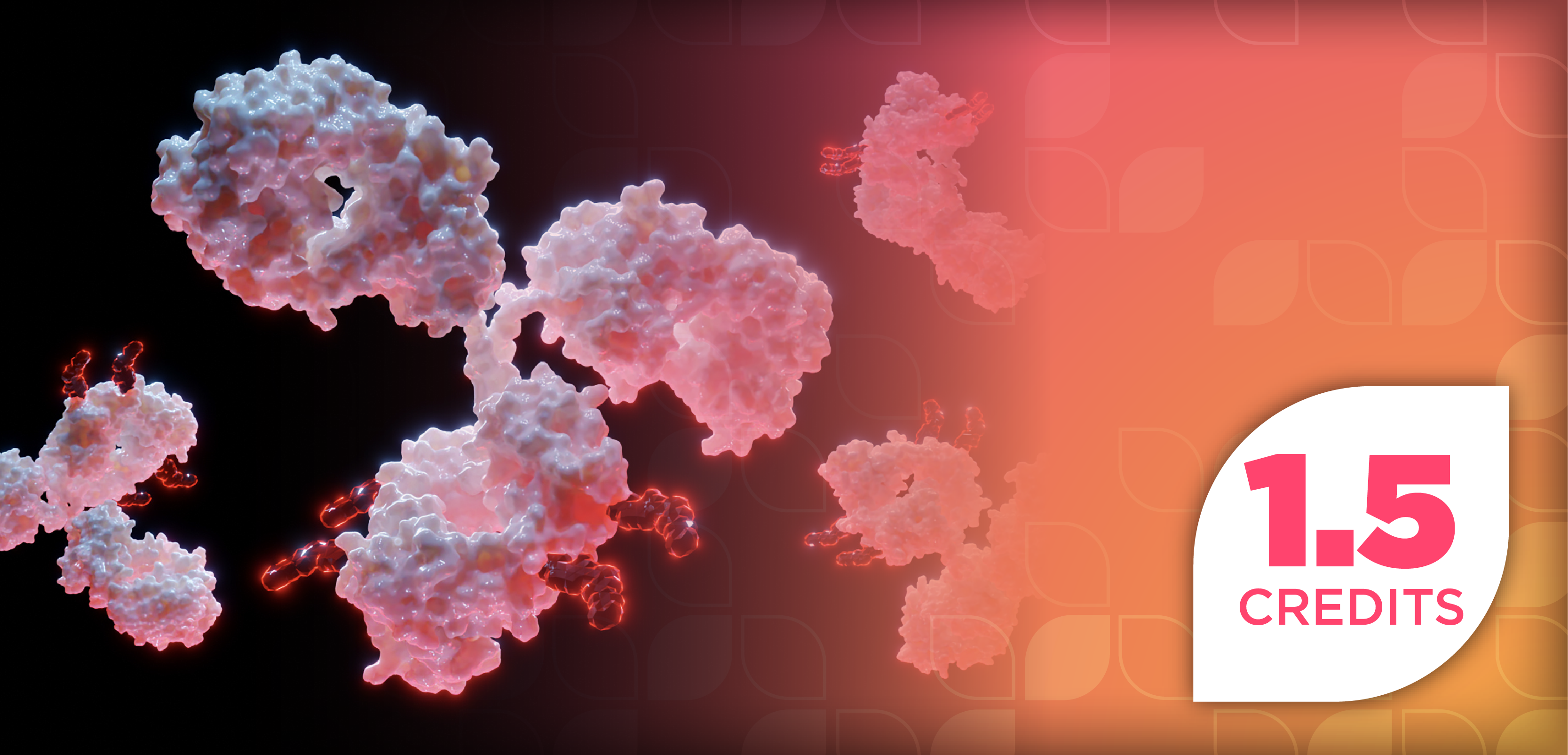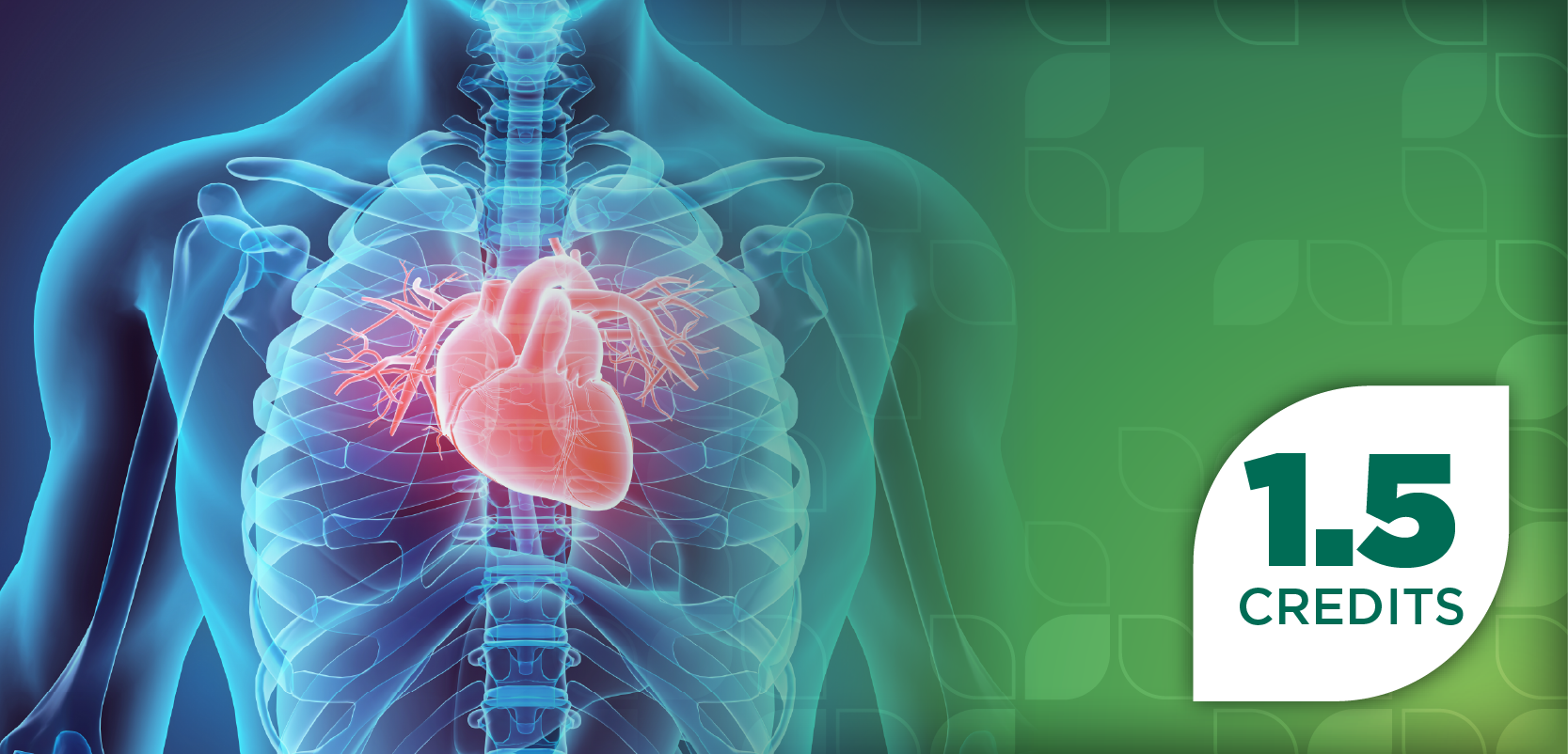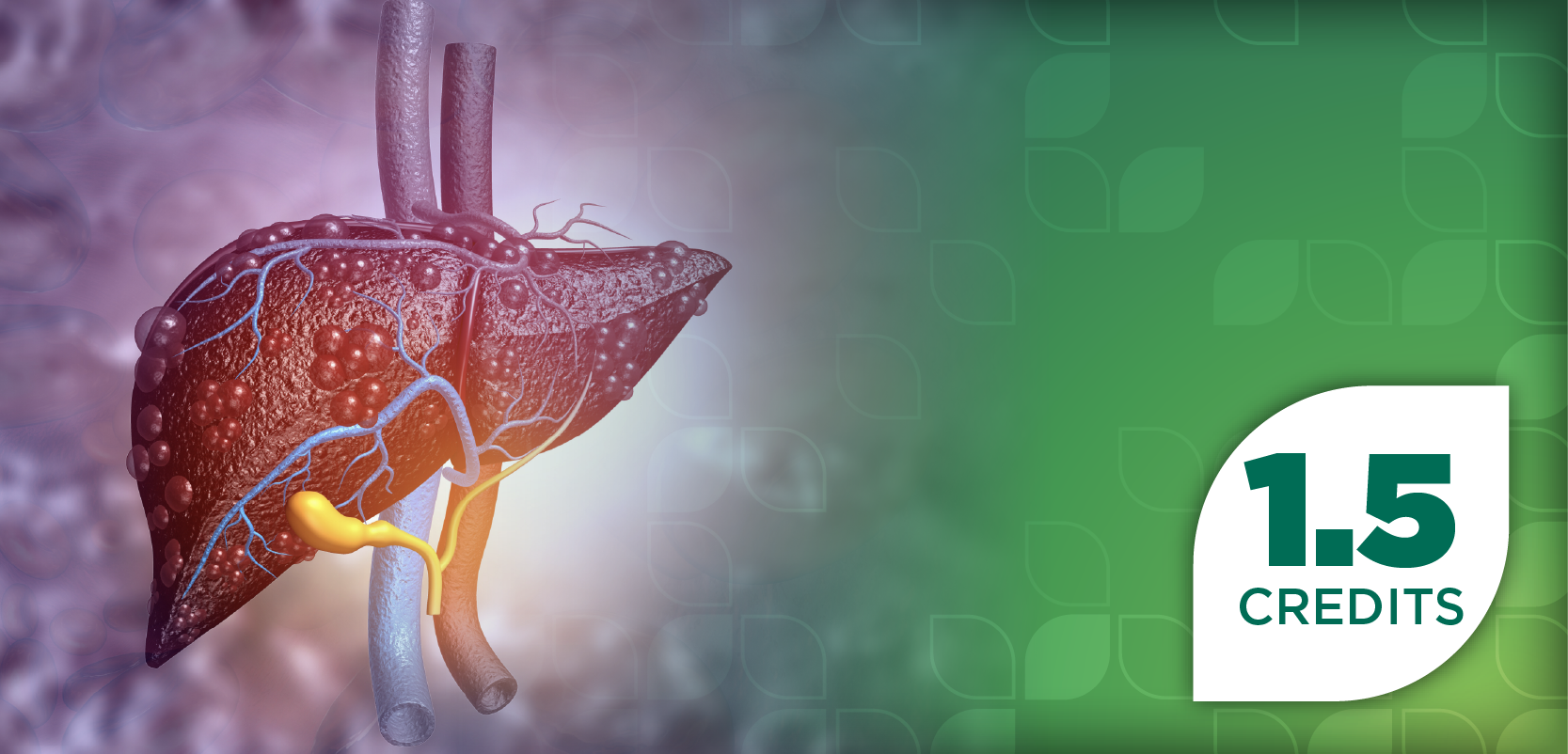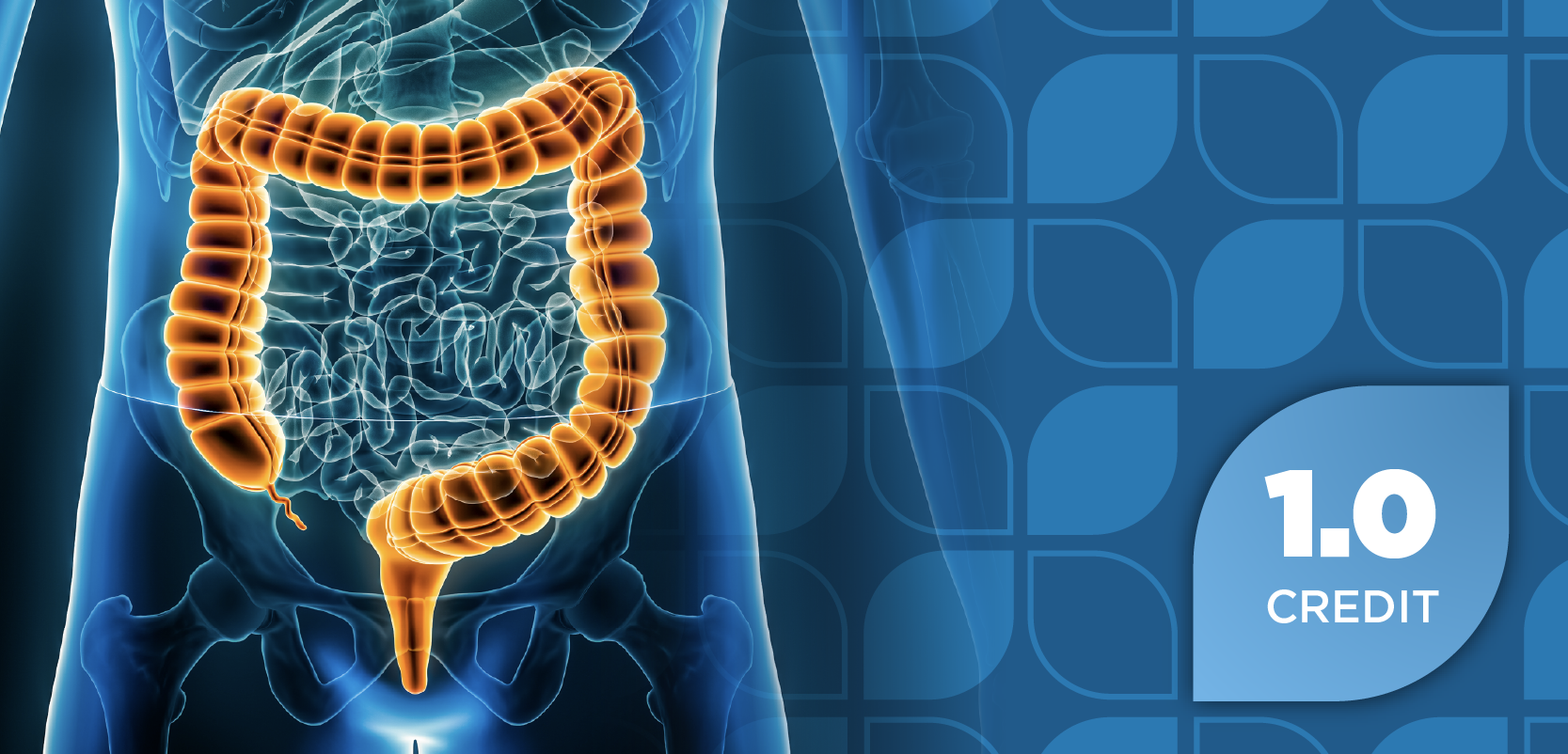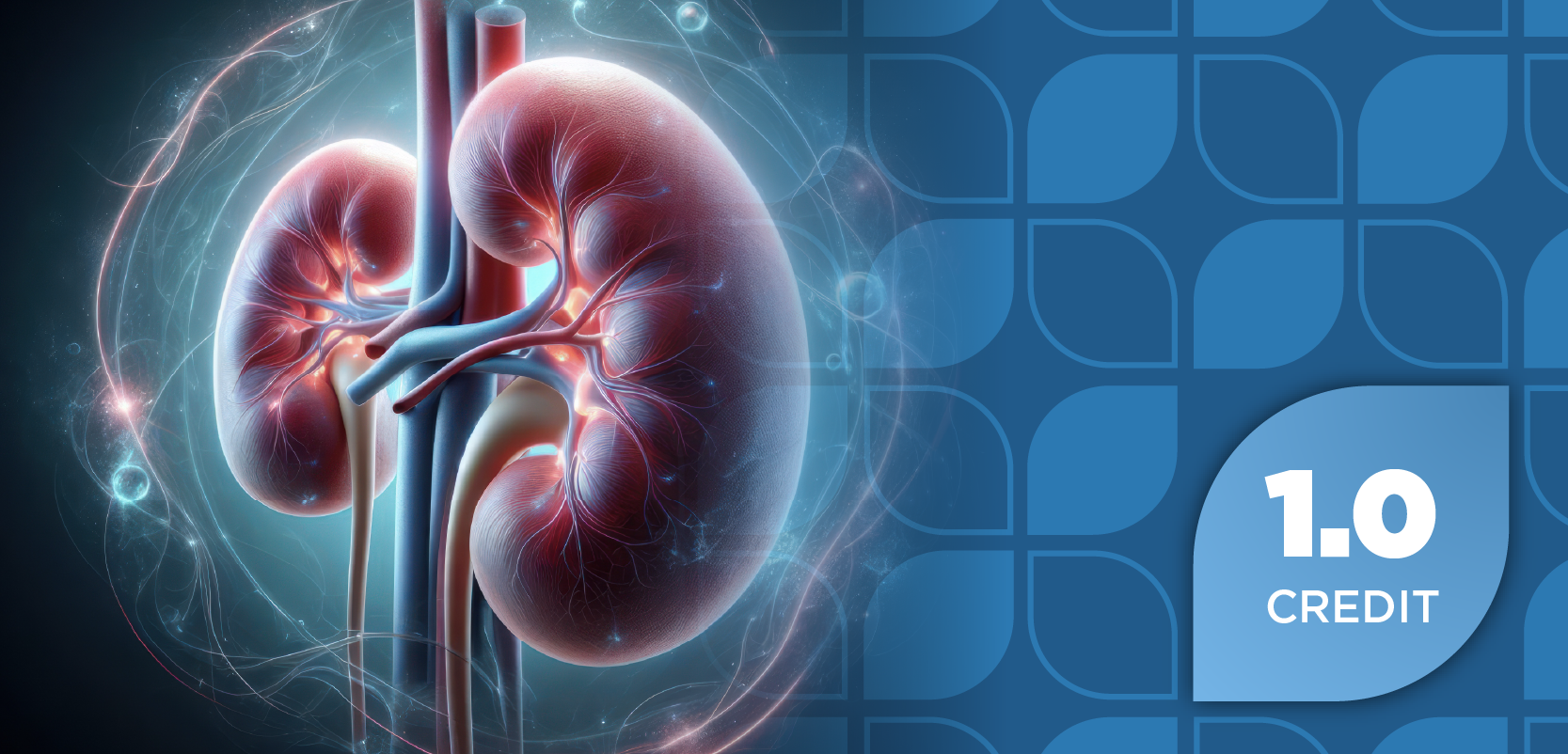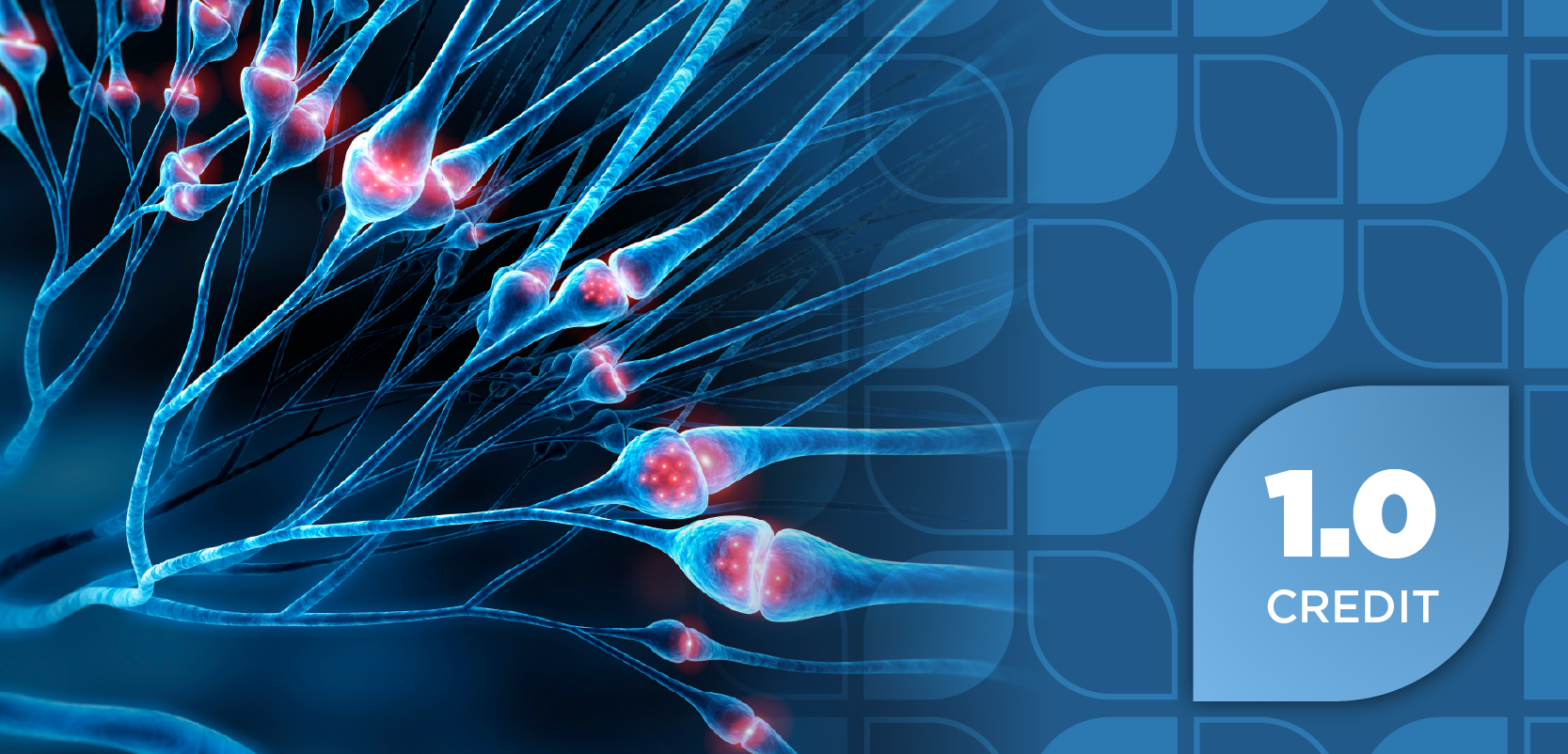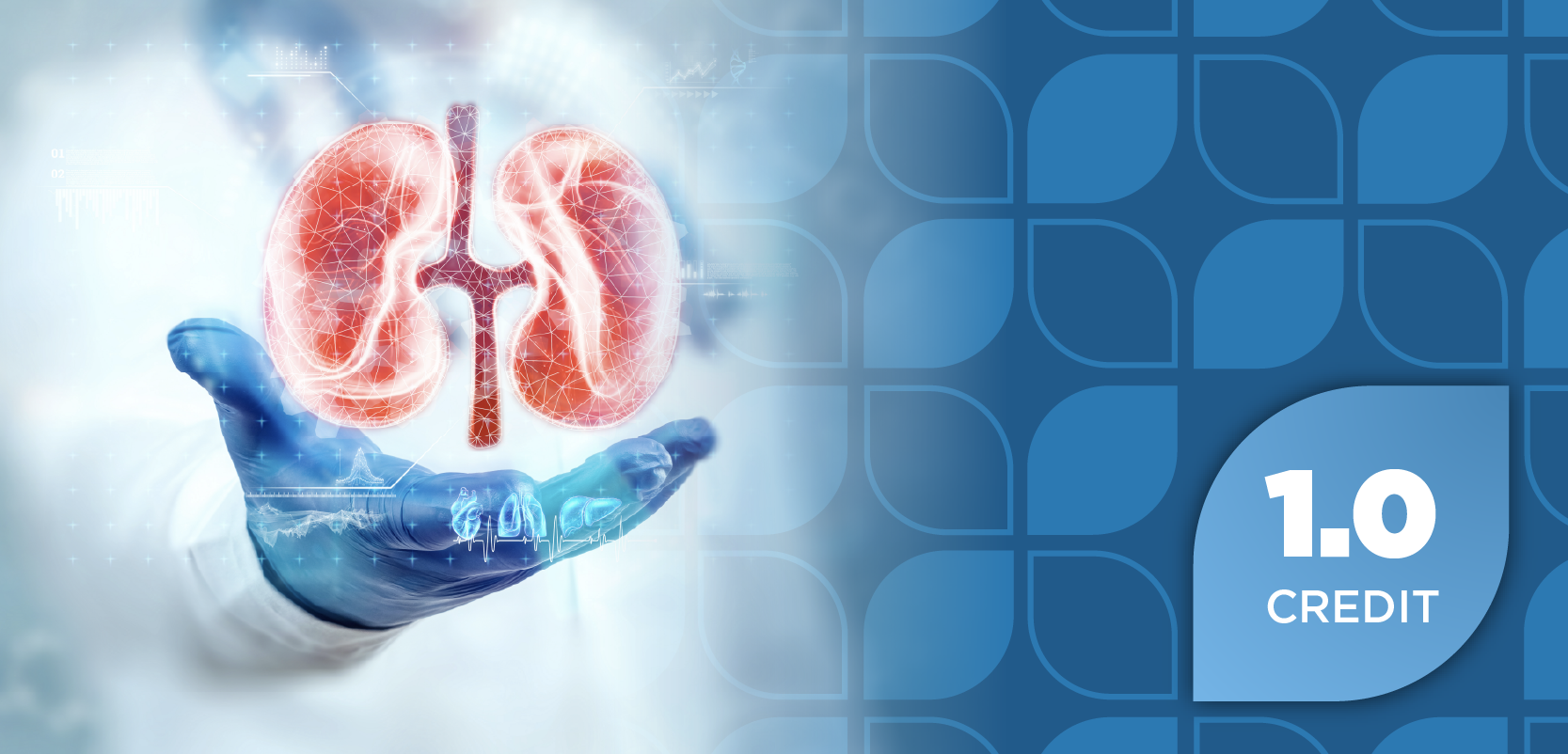
Dr Elizabeth Stringer Outlines Opioid Dependency vs Opioid Misuse and Abuse
There are more similarities between patients with opioid dependency and patients with opioid misuse and abuse than physicians have been led to believe, said Elizabeth Stringer, PhD, chief science and clinical officer of axialHealthcare.
There are more similarities between patients with opioid dependency and patients with opioid misuse and abuse than physicians have been led to believe, said Elizabeth Stringer, PhD, chief science and clinical officer of axialHealthcare.
Transcript
Can you tell us how data is being used to contradict the longstanding myths about pain in the opioid space?
There are a lot of myths out there about patients and pain, patients with opioid use disorder, and we can bring in the scientific literature, as well as large bits of data to help us understand these patient populations better than we understand them now.
One of the things that we find so often in the space of opioid use disorder are some mythologies around the difference between diagnoses for opioid dependence versus diagnoses for opioid misuse and abuse. So often providers think that their patients are very stable on their long-term opioid use and they diagnose these patients with opioid dependence and they think that there is a very large difference in this patient population from those that are actively in the throes of addiction, where there are these behavioral concerns about seeking medication and misusing it.
What we have been able to find from the data is that when ICD codes, which are used to diagnose patients with opioid use disorder, these come in F11 codes, there is F11.2, which are used for opioid dependence and then there are other F11 codes that are used for opioid misuse and abuse. What we have actually found is that the characteristics of medical utilization for these patients is quite similar regardless of whether they have opioid dependence or opioid misuse and abuse. What this helps us understand is that while there is this understanding in the medical community for those patients that just have opioid dependency that these patients are stable and not high utilizers of healthcare and are not at high risk, what actually we see is that they are high utilizers and they utilize medical care at similar rates through a long period of time similar to the patterns to those who are diagnosed with opioid abuse and misuse.
We don’t know what drives those patterns of high utilization and our basic analysis has not led us to understand what these drivers are in these utilization patterns. All it’s done so far is been able to say that these patterns are the same. They’re very similar in these populations. We need to take the next steps to start to dive deeper into that analysis to understand why these patients are looking similar and they are not as stable as providers have been led to believe.
Newsletter
Stay ahead of policy, cost, and value—subscribe to AJMC for expert insights at the intersection of clinical care and health economics.

